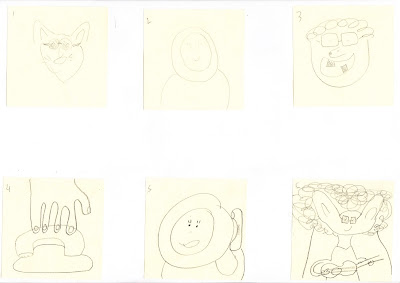 The rise of MTV started from 1981-2003 where rapid growth was achieved. MTV is the oldest and most influential American cable network specialised in music. It was launched on August 1, 1981 where there was an introduction followed by a video clip of the song "video killed the radio star"- Buggles. MTV became a major presence in the TV industry and in the overall American cultural landscape. MTV was established by Warner Amex Satellite Entertainment Company after extensive marketing research. The key of MTV's viability, was the availability of low cost programming in the form of music videos. Originally these were provided free by record companies, because they thought of them as advertising for their records and performers.
The rise of MTV started from 1981-2003 where rapid growth was achieved. MTV is the oldest and most influential American cable network specialised in music. It was launched on August 1, 1981 where there was an introduction followed by a video clip of the song "video killed the radio star"- Buggles. MTV became a major presence in the TV industry and in the overall American cultural landscape. MTV was established by Warner Amex Satellite Entertainment Company after extensive marketing research. The key of MTV's viability, was the availability of low cost programming in the form of music videos. Originally these were provided free by record companies, because they thought of them as advertising for their records and performers. MTV presented one video after another in a constant flow that contrasted with the discrete individual programs found on other television networks. MTV was like top 40 radio where the clips were repeated from time to time according to a rotational schedule. It soon became apparent that MTV could break a recording act, just as radio had done for decades. A music video is a brief television segment, usually shot on film but intended to be shown only on a TV. The foundation of a video clip is the soundtrack, which is the recording of the song and the sale of which is promoted by the video. In some cases, other material such as sound effects or introductory dialogue may also appear on the soundtrack. The acting in a concept video is usually done but the artists although in some cases the video cuts away from the band to actors who act out a drama inspired by the lyrics. This is some of the displaced musical content of MTV, especially soft rock, has landed on VH1 which is a second video channel owned by MTV. Launched in 1985, VH1 quickly acquired a bad reputation. Otherwise, the channel has had an indistinct image and has languished in the shadow of MTV. By 1994 VH1 was playing slightly harder music and breaking recording artists.
MTV and VH1 are by far the most important outlets for music video programming in the United States. Many competing services have fallen by the wayside, while BET, CMT and TNN are probably the most important survivors as of 1995. These networks specialise in black programming and country and western, which means that they compete only in a limited way with MTV and VH1. Music video and MTV are major ingredients of television programming internationally. MTV Europe, launched in 1987, was followed by an asian service in 1991 and MTV Latino in 1993. VH1 seems poised to follow a similar course, having established a European service in 1994. Both economically and aesthetically, MTV has wrought major changes in the entertainment industries. By combining music with television in a new way, MTV has charted a path for both industries into a future of postmodern synergy.
Below is the link to MTV's official UK website
http://www.mtv.co.uk/videos?s_cid=161&gclid=CLeA6t2WkKwCFUUOfAod0H9GnA
This video is the opening of MTV's first ever broadcast:




































